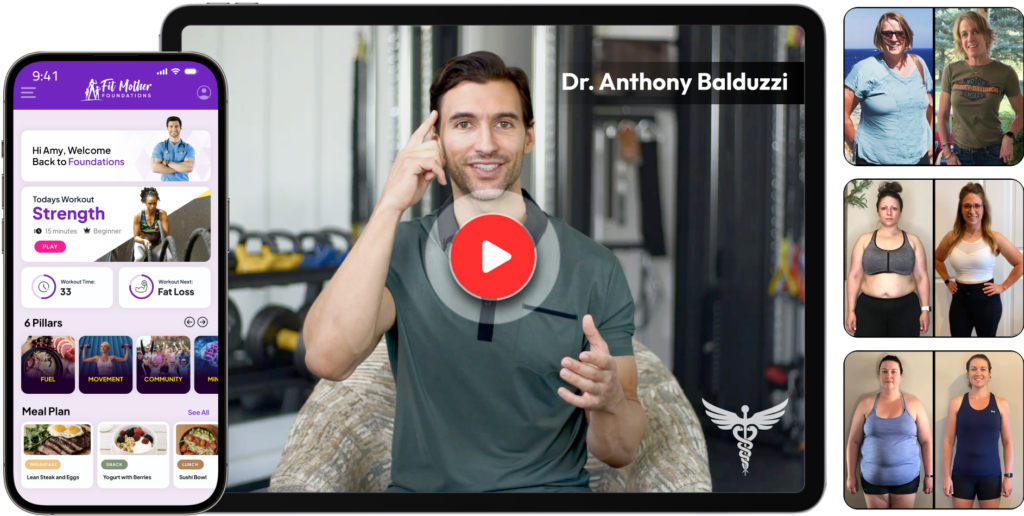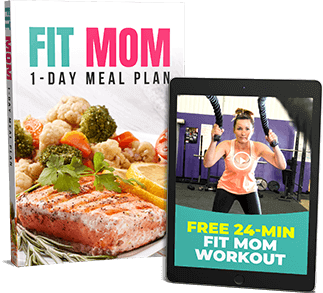There’s nothing like warm sunshine to lift your spirits and motivate you to take on the day. But the benefits of sunlight go far beyond that!
Sunlight helps your body generate vitamin D, and many chronic health conditions can be improved by getting adequate vitamin D throughout the year.
Unfortunately, winter and other weather conditions can limit your daily exposure to sunshine. But that doesn’t mean you have to lose out on the numerous benefits of sunlight!
Even if you live in a region that doesn't always have a lot of sunlight, there are still great options to add some sunshine back into your life.
Here's how you can take advantage of the benefits of sunlight — and how to get more of it.
What is UV light, and why do we need it?
The Benefits of Sunlight
We all know that sunlight inherently makes us feel better. But besides just giving us a warm glow, sunshine has many health benefits that often go overlooked.
UV rays get a bad rap for obvious reasons. Skin cancer is one major detriment to too much sun exposure.
UV radiation (UVR) is broken down into UVA and UVB rays. UVA radiation (95–97% of the UVR that reaches Earth’s surface) penetrates deep into the skin, where it can contribute to skin cancer indirectly by damaging DNA. UVB radiation is what causes sunburn.
This also leads to direct DNA damage and promotes skin cancers. In addition, too much UVR can damage collagen, destroy vitamin A in the skin, and accelerate skin aging.
However, studies have found that the benefits of sunlight may actually outweigh the risks when you have an appropriate and safe amount of sun exposure.
Sunlight and Vitamin D
While we have to obtain other vitamins from food, about 80% of the required vitamin D in humans is generated by UVB sunlight.
This differs based on skin tone, but generally, for most fair-skinned people, a half-hour in the summer sun can release 50,000 IU (1.25 mg) of vitamin D into the circulation within 24 hours of exposure.
This same exposure yields 20,000–30,000 IU in tanned individuals and 8,000–10,000 in dark-skinned people.
Vitamin D is essential because it promotes calcium and phosphorus absorption, a major factor in bone health.
According to the National Institute of Health, individuals from age 1–70 years need about 600 IU of vitamin D per day, which can come from a combination of food sources and sunlight.
Adults over 70 should aim for at least 800 IU of vitamin D daily.
Bone Health
Without adequate vitamin D intake, bones cannot form properly.
Low vitamin D levels can lead to osteoporosis in both men and women. In addition, Vitamin D supports numerous metabolic functions, neuromuscular transmission, and immune system enhancement.
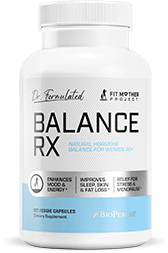
![]()
The Natural Hormone Balancer Busy Women 40+ Are Using For Improved Mood, Sleep, Skin, Stress & Easier Weight Loss

Chronic Diseases Associated with Low Vitamin D Levels
Multiple Sclerosis
Several research studies have linked low vitamin D levels to diseases. For example, there is evidence that high vitamin D levels, either from diet or UVR exposure, may decrease the risk of developing multiple sclerosis (MS).
It has been found that people who live at higher latitudes have a higher incidence and prevalence of MS. One study found that living at a latitude above 37° increased the risk of developing MS throughout life by greater than 100%.
Type 1 Diabetes
Research has demonstrated that sufficient vitamin D levels, especially early on in life, are associated with a lower risk of developing type 1 diabetes.
Metabolic Syndrome and Hypertension
There is also a connection with metabolic syndrome, cardiovascular disease, and vitamin D deficiency. For example, low levels of vitamin D are inversely correlated with obesity and stroke.
In addition, inadequate vitamin D levels are associated with increased cardiovascular disease and diabetes, high blood pressure, dyslipidemia, and insulin resistance.
Certain Cancers
Adequate Vitamin D levels have also been linked to a decreased risk and survival benefit for certain cancers, including breast, colon, ovarian, and prostate cancer.
Seasonal Affective Disorder (SAD)
Besides the low levels of Vitamin D that plague many people in the winter, lack of sunlight also leads to depressive symptoms. This is so prevalent in the winter months it even has its own term-appropriately called SAD (seasonal affective disorder).
Melatonin, a key hormone that regulates circadian rhythm, is produced during the dark hours and stops when exposed to sunlight.
When people are exposed to sunlight or very bright artificial light in the morning, nighttime melatonin production occurs sooner. This leads to more restorative sleep. In addition, a natural melatonin rhythm helps decrease symptoms related to seasonal affective disorder.
Exposure to sunlight also affects Serotonin (a precursor to melatonin). Serotonin levels are associated with more positive moods and improved mental health.
Since SAD is associated with low serotonin levels during the day, improving these levels with sunlight goes a long way in improving mental well-being.
Learn how to treat SAD disorder and feel ALIVE during the winter.
Adding More Sunlight
If it's not always sunny where you live, there are still ways to enjoy some rays and get a boost of vitamin D to stave off chronic health problems and improve mental health.
Lightboxes
Sometimes also called bright light therapy boxes, phototherapy boxes, or happy lamps, these boxes give off artificial sunlight with many of the same benefits as natural sunshine.
They are much brighter than the lights you normally use in your home, and these boxes are designed to improve symptoms of SAD. They do not enhance vitamin D production since they do not emit UV light.
When choosing a lightbox, it is recommended to look for something that provides exposure to 10,000 lux of light and emits as little UV light as possible
You should use it within the first hour of waking in the morning to get the most benefit from a lightbox. However, this isn’t set in stone; many people benefit from using it at other times of the day. Aim to use it for at least 20-30 minutes and up to a couple of hours a day if desired.
Many women find an improvement in mood, energy, and sleep quality after just 3-5 days of using light therapy. In one study, light therapy was comparable to medication to treat SAD and had fewer adverse side effects than medication.
While these light therapy boxes are great for enhancing mood, since UV light is filtered out, they won’t increase the body's vitamin D production. However, some lights emit UV light that can be used if vitamin D deficiency is an issue.
UV Emitting Lights
As noted above, the typical lightboxes recommended for treating seasonal affective disorder don’t emit UV rays. This is mainly due to the concern over the increased risk of skin damage and skin cancer from UV exposure.
However, a safe level of UV light can be quite beneficial to enhance vitamin D production.
The Sperti Vitamin D Sunlamp provides UVB rays that the body needs to make vitamin D and has been recognized by the FDA. These lamps have a timer to control the dose administered and also include UV-blocking glasses to protect the eyes during use.
In addition, the light is filtered to remove unnecessary UVC radiation. Research has found that the Sperti D/UV-Fluorescent lamp effectively raises vitamin D levels in healthy adults.
Since prolonged exposure to UV light can cause skin cancer, it is always important to discuss the use of these types of lights with your physician before using them on your own.
Increasing Vitamin D Intake
Whole Foods
While sunlight is a great source of vitamin D, increasing your dietary intake of this vitamin is just as important.
Foods that are high in vitamin D include:
- Certain fish, such as salmon, herring, sardines, and canned tuna
- Cod liver oil
- Mushrooms
- Egg yolks
- Fortified foods, such as cow’s milk, soy milk, cereals
Vitamin D Supplements
Over-the-counter and prescription vitamin D supplements are another way to improve your vitamin D levels if you cannot get enough from your diet or sunlight.
While the recommendations are to intake around 600-800 IU of vitamin D daily, this can vary from individual to individual.
For example, women with diagnosed vitamin D deficiency may need higher intake levels to achieve adequate vitamin D stores.
The best way to determine if you should take a vitamin D supplement is to make an appointment with your doctor to check your blood levels and discuss your other health issues.
Since vitamin D is a fat-soluble vitamin, there is a risk of toxicity if you intake too much vitamin D.
After watching his own Dad lose his health and pass away at the young age of 42, Dr. Balduzzi founded The Fit Mother Project and Fit Father Project to help busy moms and dads get and stay healthy for their families. Dr. Anthony Balduzzi holds dual degrees in Psychology & Nutrition from the University of Pennsylvania, a Doctorate of Naturopathic Medicine, and is also a former national champion bodybuilder. He’s is most proud of the fact that he’s helped over 40,000 families in over 100 countries lose weight and get healthy for life.
Fit Mother Project is the answer you’ve been looking for. Inside the program, you’ll receive: Our Fit Mother 30X Program (FM30X) is the answer you’ve been looking for. Inside FM30X, you’ll receive: The FOUNDATIONS Program is created by Dr. Anthony Balduzzi for Women 40+ who want Lifelong Health. In just 6-Weeks following FOUNDATIONS, you'll experience: FOUNDATIONS has transformed 60,000 lives! Are you ready to experience true lasting health & results?If you’re a busy mom who wants to finally lose weight,
get healthy, and actually keep the pounds off for good,
this is the simple program you’ll love sticking to…
If you’re a busy mom who wants to finally lose weight,
get healthy, and actually keep the pounds off for good,
this is the simple program you’ll love sticking to…
LEARN MORE ABOUT FM30X »
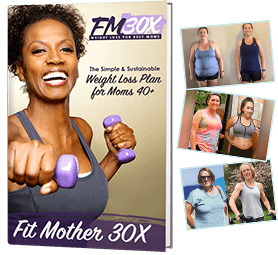
Learn More About FM30X

Join our 6-Week Doctor Designed Health Program.
You'll Gain Foundational Health for the Rest of Life.
*Please know that weight loss results & health changes/improvements vary from individual to individual; you may not achieve similar results. Always consult with your doctor before making health decisions. This is not medical advice – simply very well-researched info on the benefits of sunlight.




